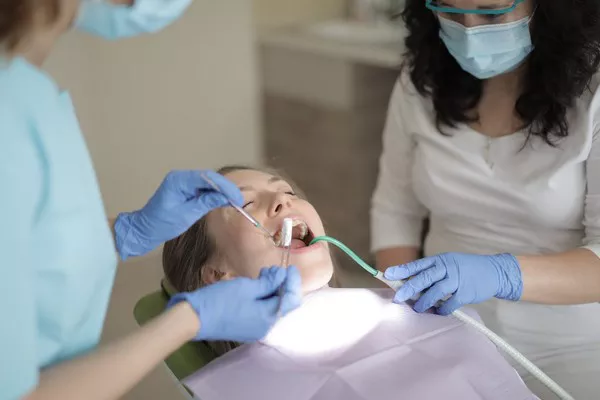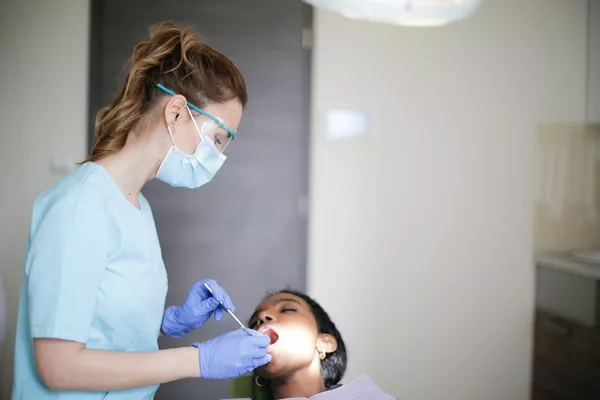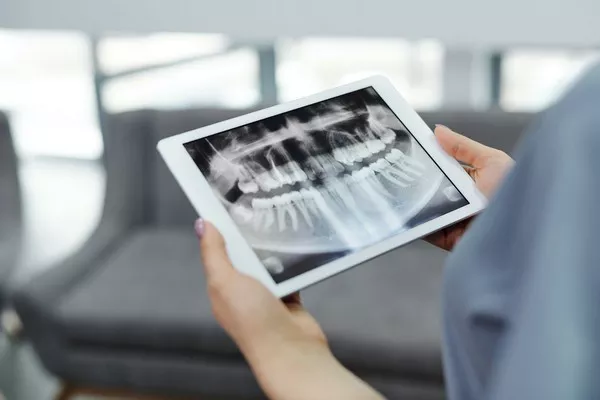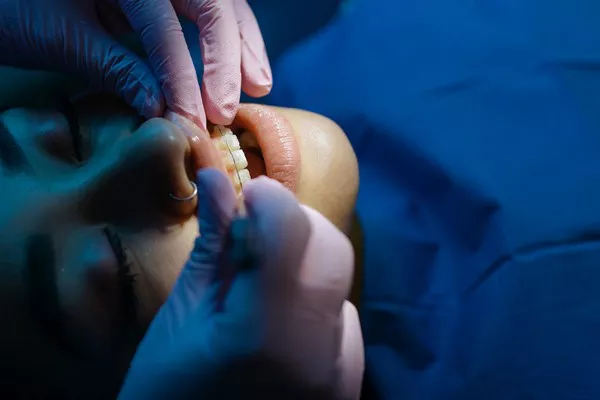Wisdom teeth, also known as third molars, typically emerge in the late teens or early twenties. These teeth were once essential for our ancestors who consumed a tougher diet, but as our diet has evolved, the need for wisdom teeth has diminished. Consequently, many individuals experience issues with their wisdom teeth, necessitating their removal.
Initial Consultation
The process of getting your wisdom teeth removed often begins with a visit to the dentist or oral surgeon for an initial consultation. During this appointment, the dentist will examine your mouth and likely take X-rays to assess the position of your wisdom teeth and determine whether they need to be removed.
This assessment is crucial as impacted wisdom teeth—teeth that do not have enough space to emerge properly—can cause a range of problems, including pain, infection, and damage to neighboring teeth. Based on the examination and X-ray results, the dentist will recommend whether extraction is necessary.
Preparation for Surgery
Once it’s determined that your wisdom teeth need to be removed, preparation for the surgery begins. Your dentist or oral surgeon will provide you with instructions to follow before the procedure. This may include dietary restrictions, such as avoiding solid foods and only consuming liquids for a certain period before surgery.
Additionally, you’ll need to arrange for transportation to and from the appointment, as you will not be able to drive immediately after the surgery due to the effects of anesthesia. It’s also essential to wear comfortable clothing on the day of the procedure.
Anesthesia Options
Before the surgery, you will discuss anesthesia options with your oral surgeon. There are several options available, including local anesthesia, sedation, and general anesthesia.
Local anesthesia involves numbing only the area around the tooth or teeth being removed, allowing you to remain awake during the procedure. Sedation anesthesia is administered through an intravenous (IV) line and helps you relax or even fall asleep during the surgery. General anesthesia, on the other hand, renders you unconscious for the duration of the procedure.
The choice of anesthesia depends on factors such as the complexity of the surgery, your anxiety level, and your overall health. Your oral surgeon will recommend the most appropriate option for you.
The Surgical Procedure
On the day of the surgery, you’ll arrive at the dental office or oral surgeon’s clinic and be escorted to the treatment room. The procedure typically begins with the administration of the chosen anesthesia to ensure your comfort throughout the surgery.
Once you’re properly anesthetized, the oral surgeon will make incisions in the gums to access the wisdom teeth. In some cases, the teeth may need to be divided into smaller pieces for easier removal. Once the teeth are extracted, the surgical site is thoroughly cleaned to remove any debris.
Post-Operative Care
After the surgery, you’ll be provided with post-operative care instructions to promote healing and reduce discomfort. One common instruction is to gently bite down on gauze pads placed over the extraction sites to control bleeding.
Applying ice packs to the cheeks outside the surgical area can help reduce swelling and discomfort. It’s essential to follow these instructions carefully to minimize the risk of complications and ensure a smooth recovery.
Recovery Process
The recovery process varies from person to person, but typically, the initial swelling and discomfort subside within a few days. Over-the-counter pain medications, such as ibuprofen or acetaminophen, can help manage any residual pain.
During the first few days following surgery, it’s important to stick to a soft diet and avoid foods that may irritate the surgical sites. You should also avoid strenuous activities and take it easy to allow your body to heal properly.
Risks and Complications
While wisdom teeth extraction is a common procedure, there are some risks and potential complications to be aware of. One of the most common complications is dry socket, which occurs when the blood clot that forms in the socket after extraction becomes dislodged, exposing the bone and nerves underneath. This can cause intense pain and delay the healing process.
Infection is another potential complication, especially if proper oral hygiene practices are not followed after surgery. Symptoms of infection include fever, severe pain, swelling, and discharge from the surgical site. If you experience any of these symptoms, contact your oral surgeon immediately for further evaluation and treatment.
Follow-Up Visits
Following wisdom teeth extraction, you’ll need to attend follow-up visits with your oral surgeon to monitor your healing progress. During these appointments, your surgeon will examine the surgical sites to ensure they are healing properly and may remove any stitches that were placed during the procedure.
These follow-up visits are essential for detecting and addressing any complications early on, ensuring a smooth and successful recovery.
Cost and Insurance
The cost of wisdom teeth removal can vary depending on factors such as the complexity of the procedure, the type of anesthesia used, and your location. In general, the cost ranges from a few hundred to a few thousand dollars per tooth.
Many dental insurance plans cover a portion of the cost of wisdom teeth extraction, especially if the procedure is deemed medically necessary. However, it’s essential to check with your insurance provider to understand your coverage and any out-of-pocket expenses you may incur.
Conclusion
The process of getting your wisdom teeth removed involves several steps, from the initial consultation to post-operative care and follow-up visits. While the procedure may seem daunting, proper preparation, anesthesia, and post-operative care can help ensure a smooth recovery and minimize the risk of complications. If you’re experiencing pain or discomfort from your wisdom teeth, don’t hesitate to consult with a dentist or oral surgeon to determine the best course of action.
FAQs about Wisdom Teeth Removal
1. Are you asleep during wisdom teeth removal?
During wisdom teeth removal, you can choose to be either asleep or awake depending on the type of anesthesia used. Your dentist or oral surgeon will discuss your options with you beforehand. Some people prefer to be completely unconscious under general anesthesia, while others opt for local anesthesia with sedation, where they remain conscious but relaxed throughout the procedure.
2. Can I go to work the next day after wisdom tooth extraction?
The ability to return to work the day after wisdom tooth extraction depends on several factors, including the complexity of the extraction, your pain tolerance, and the nature of your job. Many people feel well enough to resume normal activities within a day or two, but it’s advisable to take it easy and avoid strenuous activities for the first few days following the procedure. If your job involves heavy physical labor or if you experience significant discomfort, you may need to take additional time off.
3. How painful is wisdom teeth removal?
The level of pain experienced during wisdom teeth removal varies from person to person and depends on factors such as the number of teeth being extracted, their position in the mouth, and your pain tolerance. While some people may only experience mild discomfort or pressure during the procedure, others may feel more intense sensations. Your dentist or oral surgeon will administer anesthesia to minimize pain during the extraction, and they may prescribe pain medication to manage any discomfort afterward. Following post-operative care instructions can also help reduce pain and promote healing.
4. Can I eat after wisdom teeth removal?
It’s important to wait until the effects of anesthesia wear off before eating after wisdom teeth removal to avoid accidentally biting your cheek or tongue. Once you can feel your mouth again, you can begin with soft, easy-to-chew foods like yogurt, mashed potatoes, soup, or smoothies. Avoid hot, spicy, crunchy, or hard foods that could irritate the extraction sites or cause discomfort. As you heal, you can gradually reintroduce a more varied diet, but continue to avoid chewing directly on the extraction sites until they have fully healed. Be sure to follow any specific dietary instructions provided by your dentist or oral surgeon for optimal healing.
You Might Be Interested In































